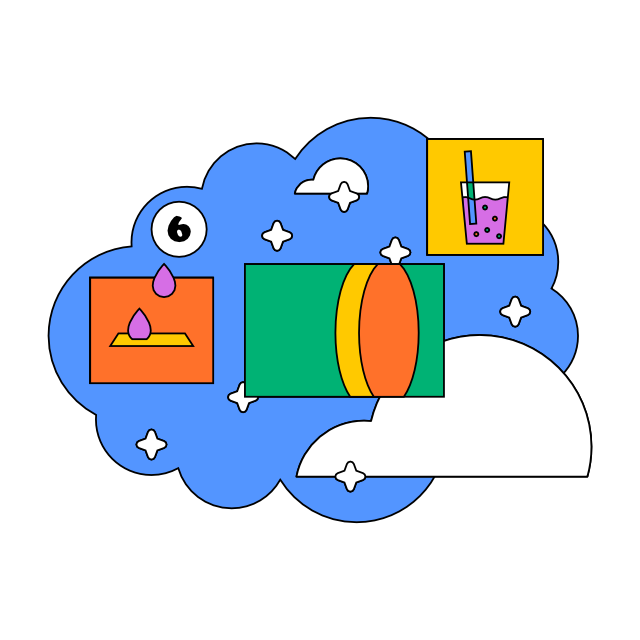SDG 6Clean water and sanitation
Clean water and sanitation for all
Overview
How to ensure access to drinking water for all people? As recently as 1990, only 76% of the world’s population had access to safe water sources. Fifteen years later, it was 91%, but the reserves are still enormous. A full 2.5 billion people have no access to sanitation facilities such as sewers and toilets. Two-fifths of people are unable to wash their hands with soap and running water at home. An average of 5,000 children die every day as a result of sanitation deficiencies. Not only does water need to be purified and distributed to areas with poor living and sanitation conditions, but drinking water needs to be produced because of drought and groundwater loss, too.
Solution and Key Innovations
The future prospects are not bright. Around 2 billion people live in regions at risk of water scarcity.1 The population keeps growing, large areas are threatened by drought, and water supplies are being wasted. Moreover, large amounts of water are used in agriculture, farming and industry. Lack of water may cause huge global turmoil from famine to migration from uninhabitable areas. The technologies that help retain, purify, produce, and distribute water equitably are among the key challenges for contemporary science.
One of the solutions is solar filtration. The problem is often not the lack of water, but its quality. In developing countries, 80% of sewage is discharged into watercourses. Researchers have therefore created filtration systems such as the SunSpring Hybrid, powered by sun and wind. These can clean up to 20,000 litres of water per day.
In areas where groundwater supplies have been depleted and people have limited access to water, such as the Sidi Ifni region in Morocco, „fog catchers“ might be an option. There is high humidity in the area, so scientists placed fog catchers on Mount Boutmezguida to collect up to 6,300 litres of water per day. This method is used in other areas with high humidity, too, such as Chile, Peru, South Africa, Ghana, Eritrea, and California. The Czech project S.A.W.E.R produces drinking water from humidity even in deserts. The project won the Best Innovation Award at Expo 2020.
Israel is 50% desert and its inhabitants have been suffering from drought for many years now. Desalination, a method of removing salts and minerals from sea water, was introduced by scientists in the 1960s. Today, up to 60% of the water in Israeli homes comes from these sources.
Water is Life, a global non-profit, together with scientists at Carnegie Melton, have come up with an interesting solution that combines water filtration with education. Their drinkable book has pages made of cellulose impregnated with silver nanoparticles that can destroy up to 99.9% of bacteria. It is a guide on how to best protect drinking water. Once read, each sheet can be used to filter up to 100 litres of water.2
Key Questions
- Is it possible to get drinking water to all the people in the world?
- Can we do without groundwater in the future?
- Can we get water from air and oceans?
Key Words
Drinking water, sanitation, water safety, water access, water filtration
Interesting Resources
- Recycling, storing, and sea water desalination (Israel)
- Fog catchers
- Michael Pritchard: How to make filthy water drinkable
- Disposable water filtration: a sophisticated „straw“ that can immediately help in areas with polluted water to remove up to 99.9% of bacteria and harmful substances, using a special filtration system
- Fog catchers, South Africa (CNN)
- SAWER Project Model
- SunSpring Hybrid
